In June 2022, we embarked on a 10-day trip to Tanzania, starting with a 6-day safari across four national parks in the north-east of the country: Lake Manyara, the famous Serengeti, Ngorongoro, and Tarangire.
We chose to go on a safari with a small group (4 tourists) and with tent lodging, and we trusted Arunga Expeditions to organize our trip. We were not disappointed - it was an incredible adventure. Thomas, our guide, and Isaac, our cook, took great care to ensure that everything was perfect. While tent lodging may not be the most comfortable option, it does provide an incredible proximity to the animals. At night, we were surrounded by the noises of the hyenas and zebras, and some animals even wandered through the camp in search of food.
Day 6: Tarangire
We spent our last day in Tarangire National Park, known for its high density of elephants and baobab trees. The park is the 6th largest in Tanzania and is named after the river that winds through it. Tarangire is mainly a seasonal park, with the dry season from the end of June to October bringing animals closer to the river and water holes.
One of the first animals we saw in the park was the majestic elephant. Tarangire is home to one of the largest elephant populations in East Africa, and it's not uncommon to see a herd of these gentle giants roaming through the park. We watched in awe as they wandered through the grasslands, stopping to drink from watering holes and munch on foliage. The sheer size and grace of these animals is truly breathtaking, and we spent much of our safari day marveling at their beauty and intelligence. Female elephants live in matrilineal family groups led by a matriarch (usually the oldest female), while males leave their family herds once they reach maturity and may wander alone or join male groups.
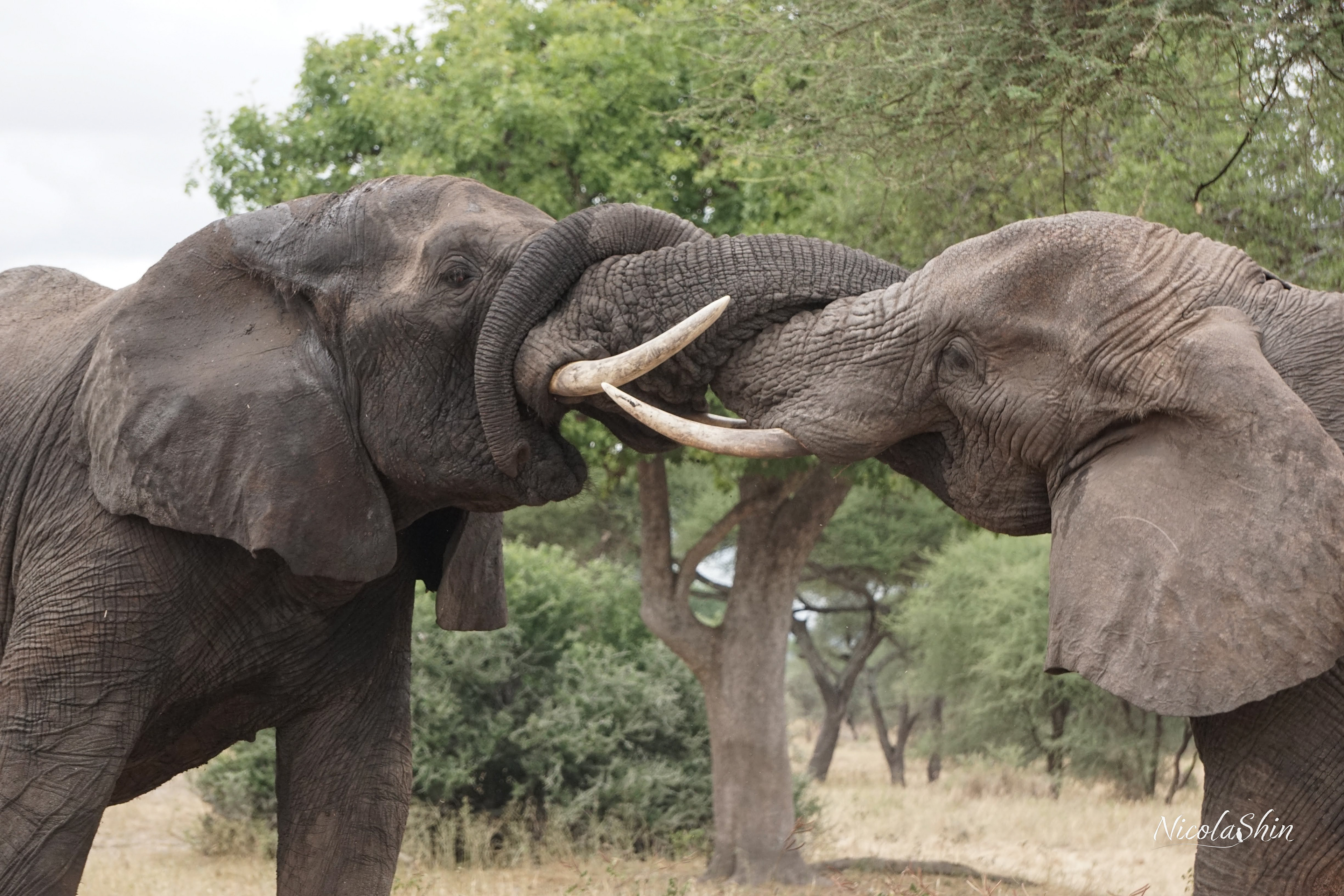
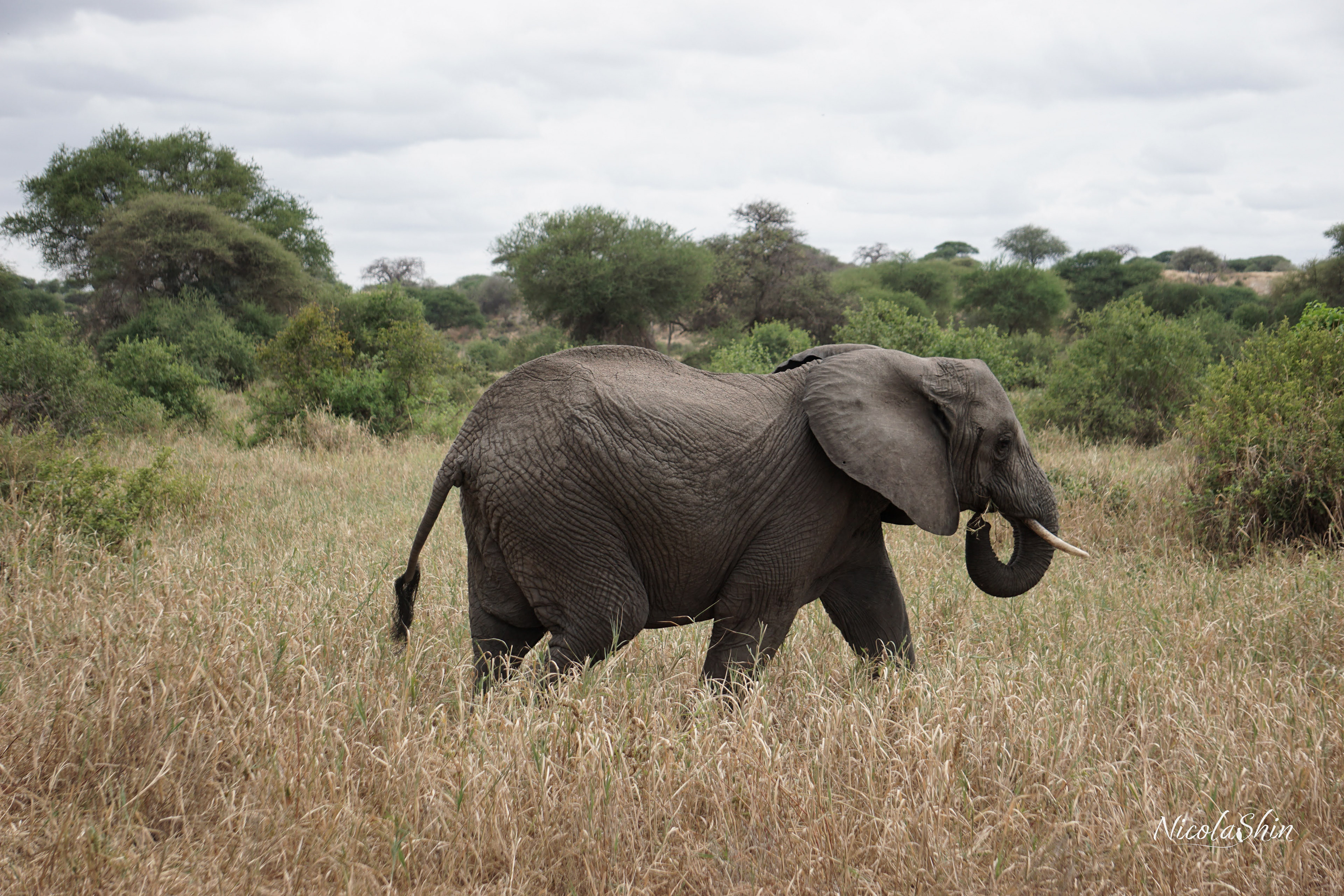
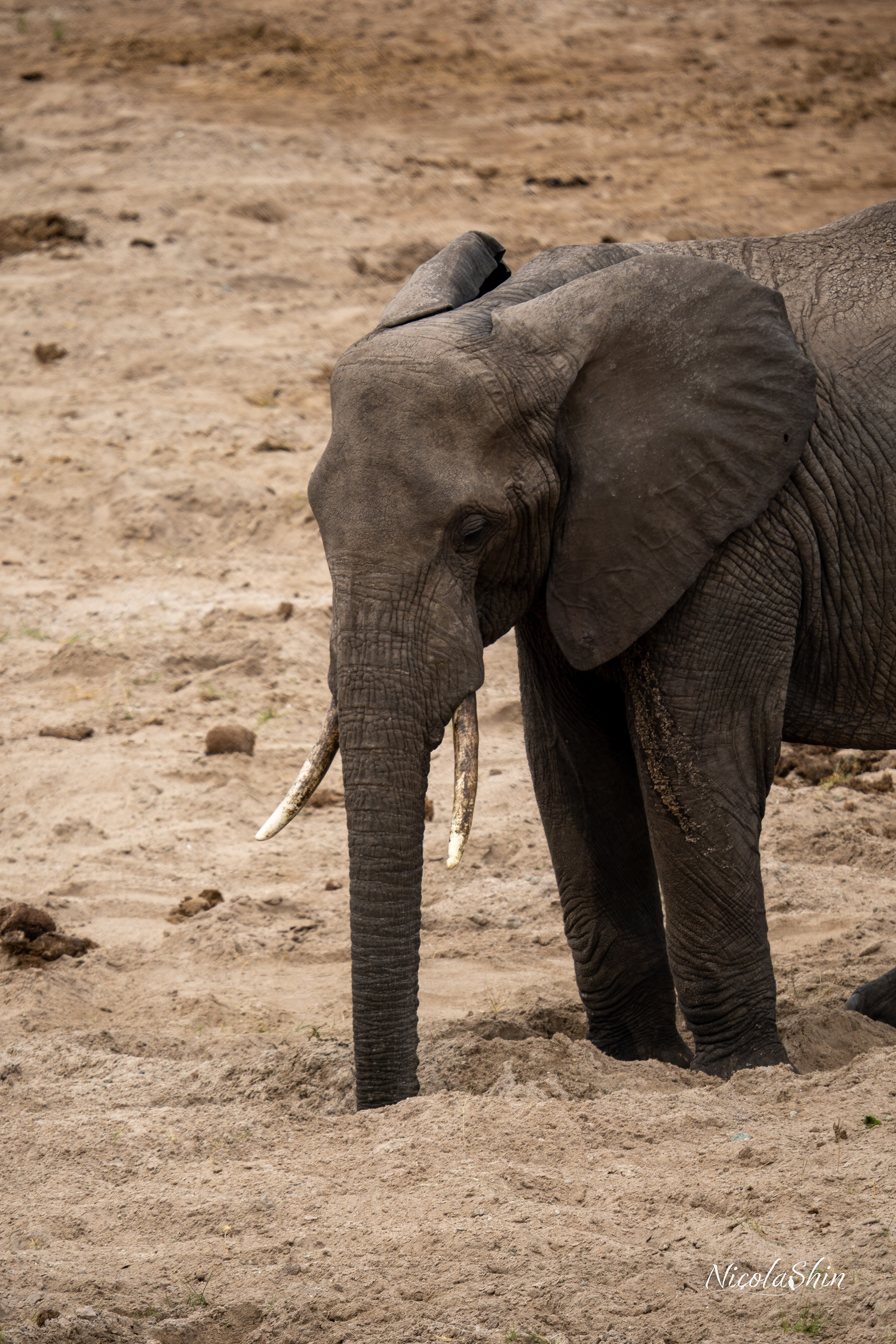
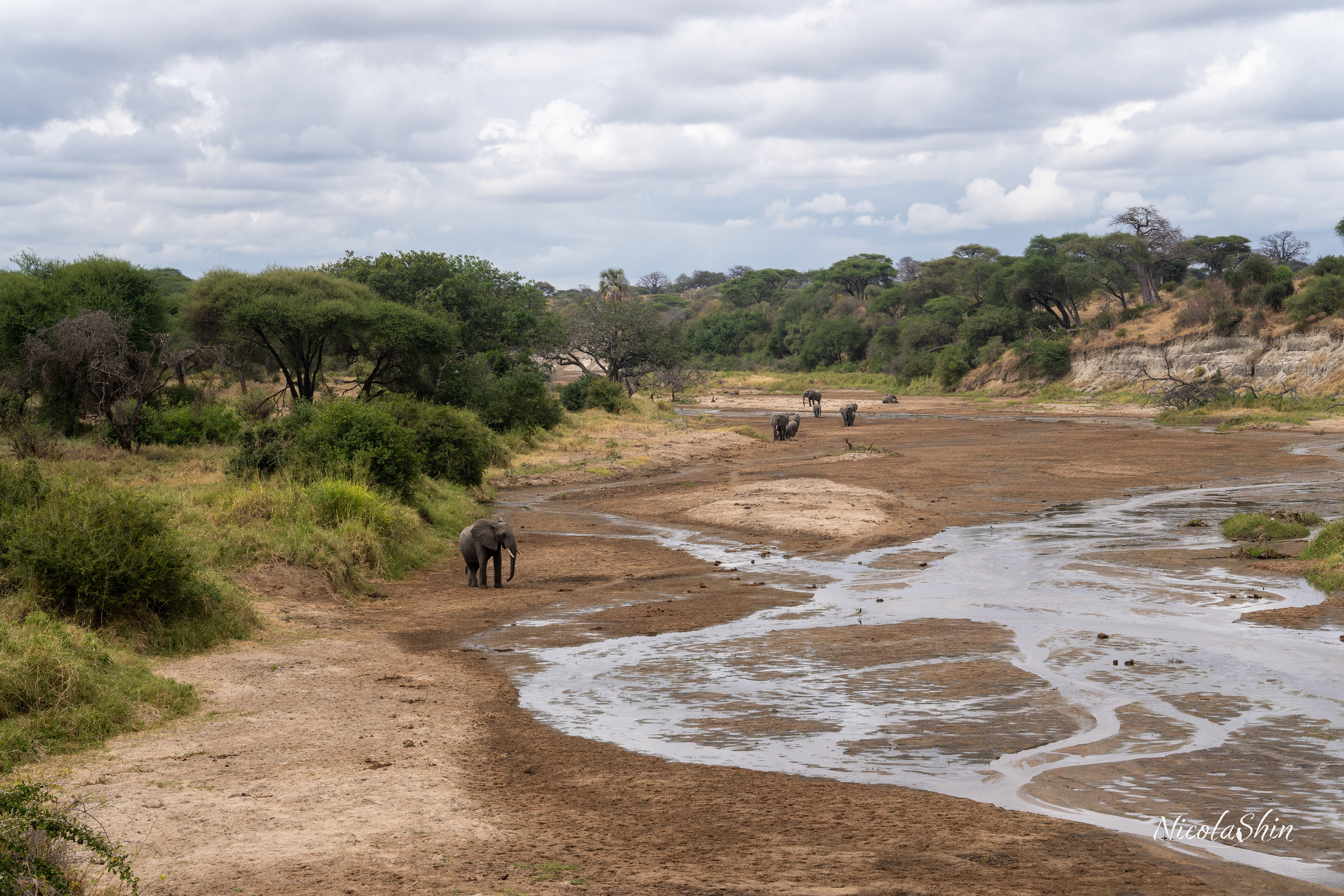
In addition to elephants, Tarangire is home to a wide variety of small mammals, including mongooses. These agile and energetic creatures can often be seen darting about in search of insects to eat. We also spotted a variety of other animal species, including giraffes, zebras, and gazelles.
Tarangire is also a great location for bird lovers, with more than 500 species known to visit the park. We were lucky to spot the kingfisher, lillac-breasted roller, and lovebirds, among others. The baobab tree, another emblem of the park, had already lost its foliage at this time of year. These ancient, naked giants surveyed the grasslands, a testament to nature's strength and beauty.
Tarangire is probably the best location for a one-day safari from Arusha. It would be a nice way to conclude a Kilimanjaro climbing trip before heading home. Our safari ended at Tarangire, and it was an experience we will never forget. Being so close to this enchanting nature and feeling so small in its presence was truly awe-inspiring.
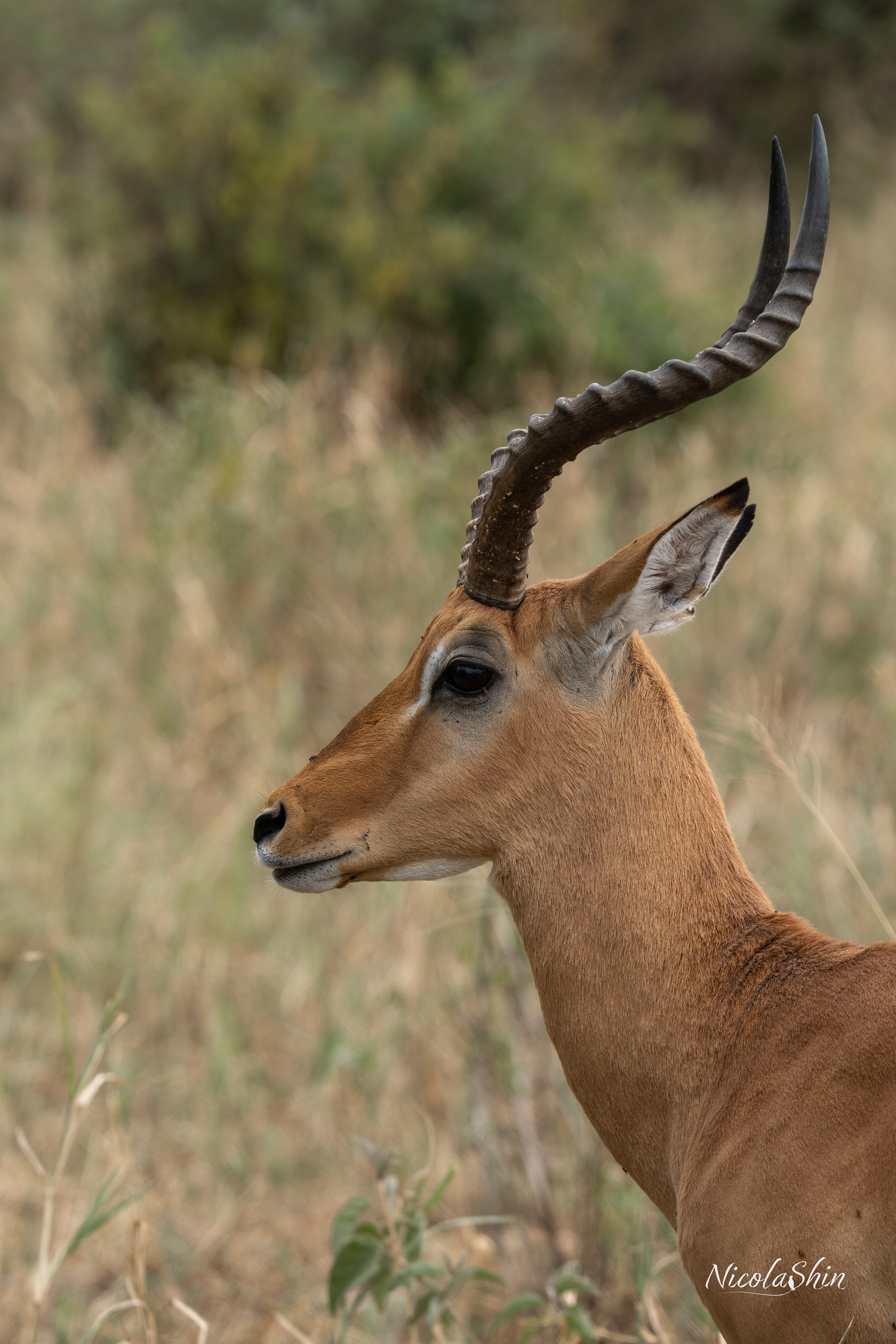
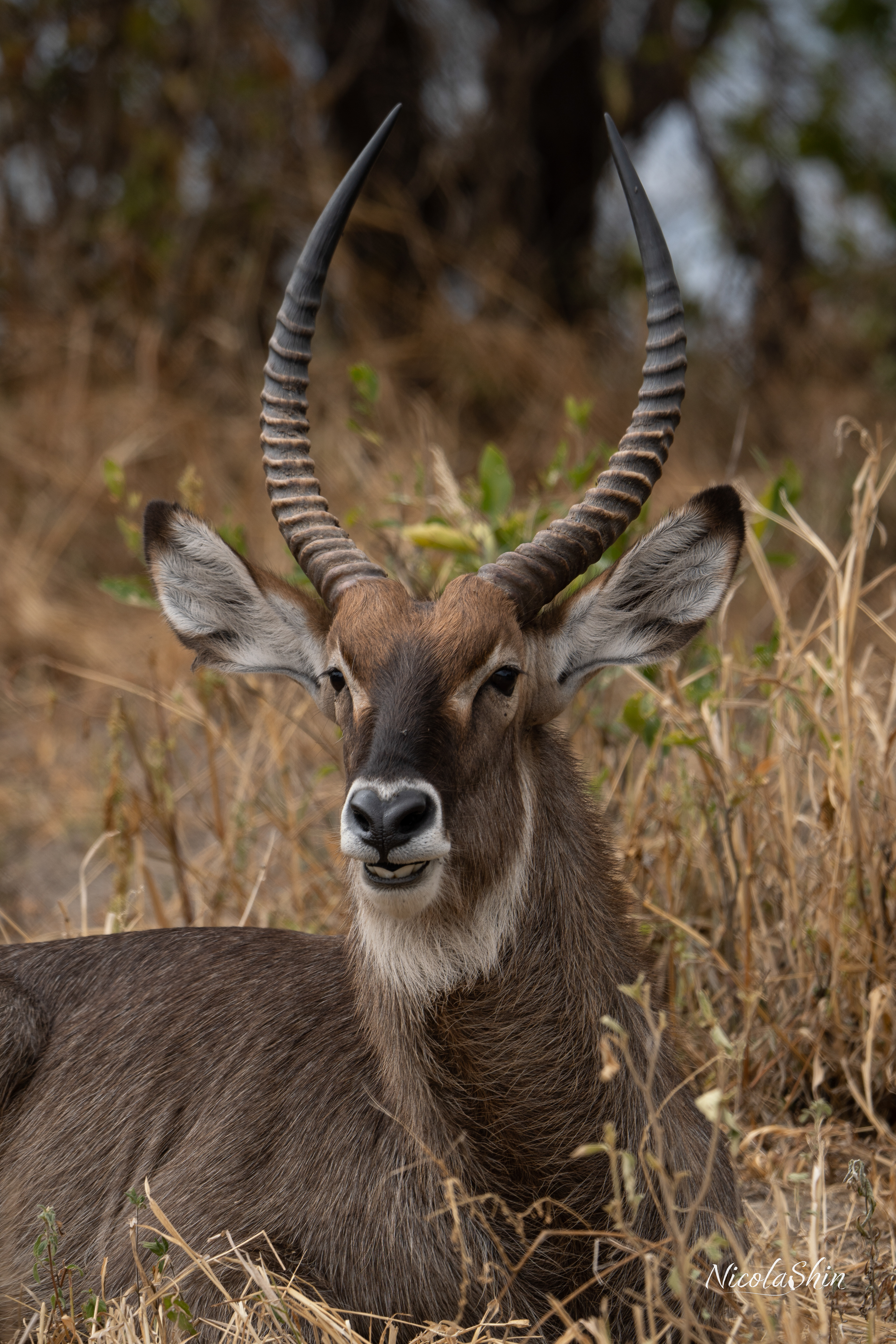

Mongoose

Kingfisher
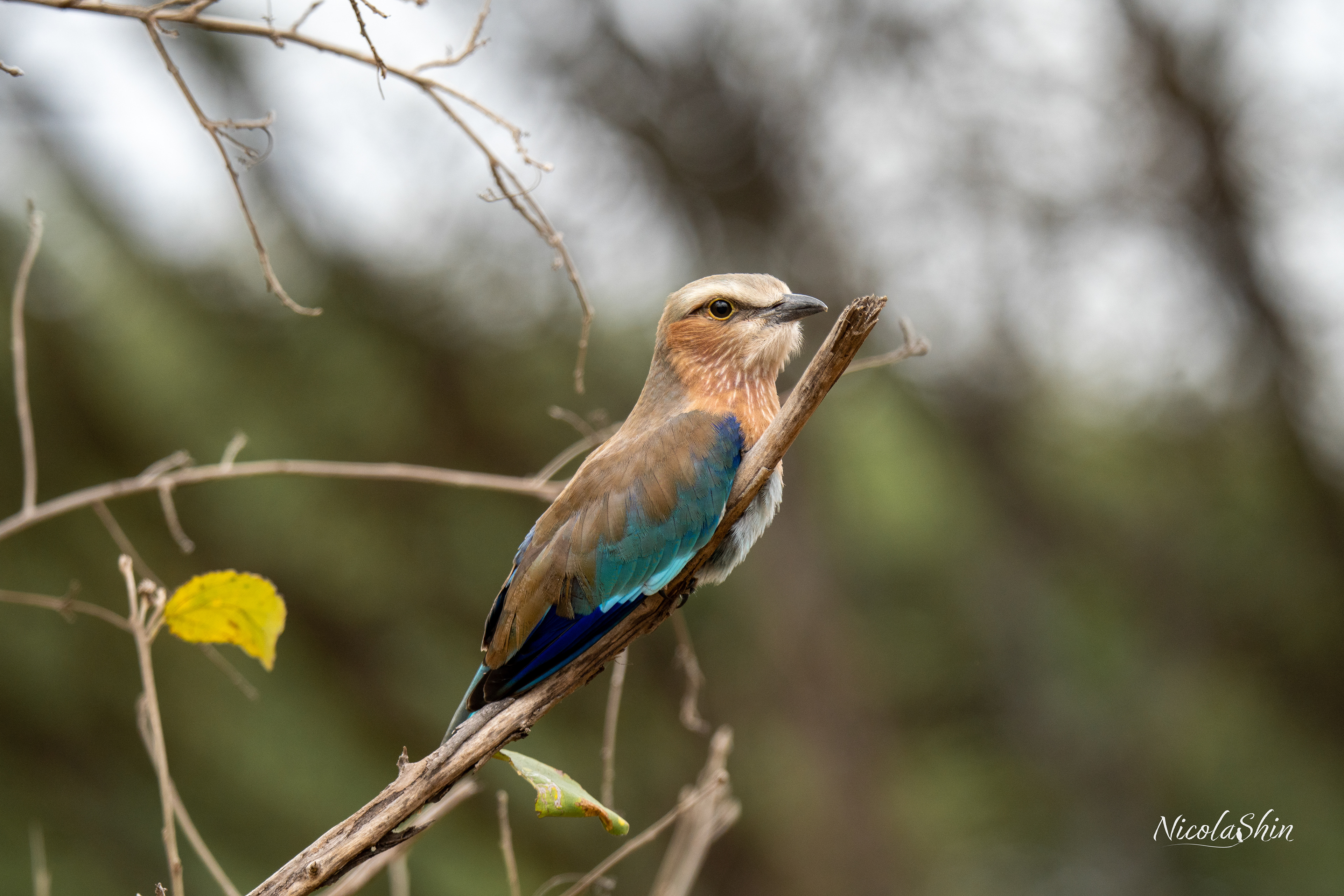
Lilac-breasted roller

Lilac-breasted roller
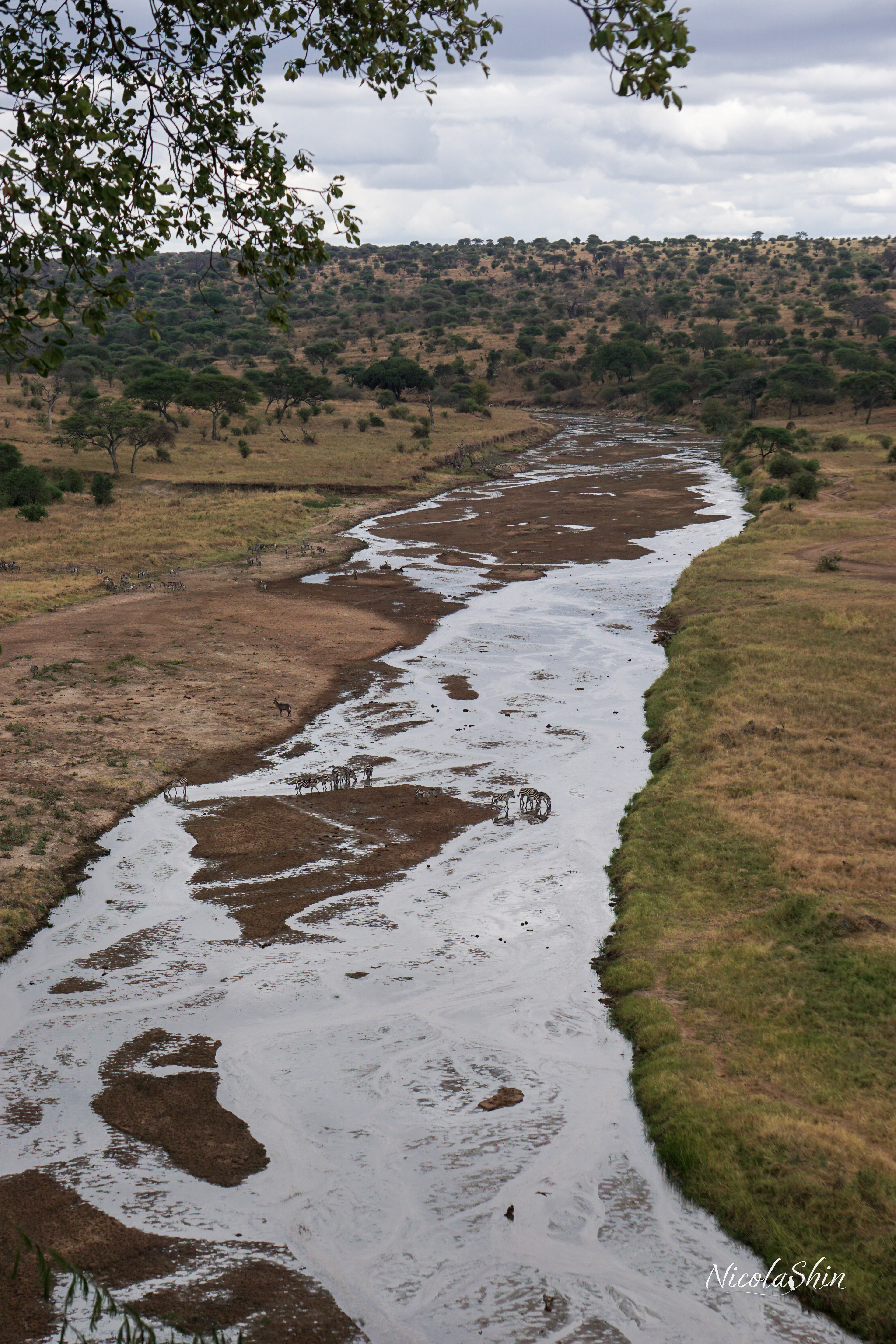
Tarangire river and zebras drinking
Next: Safari photography tips
